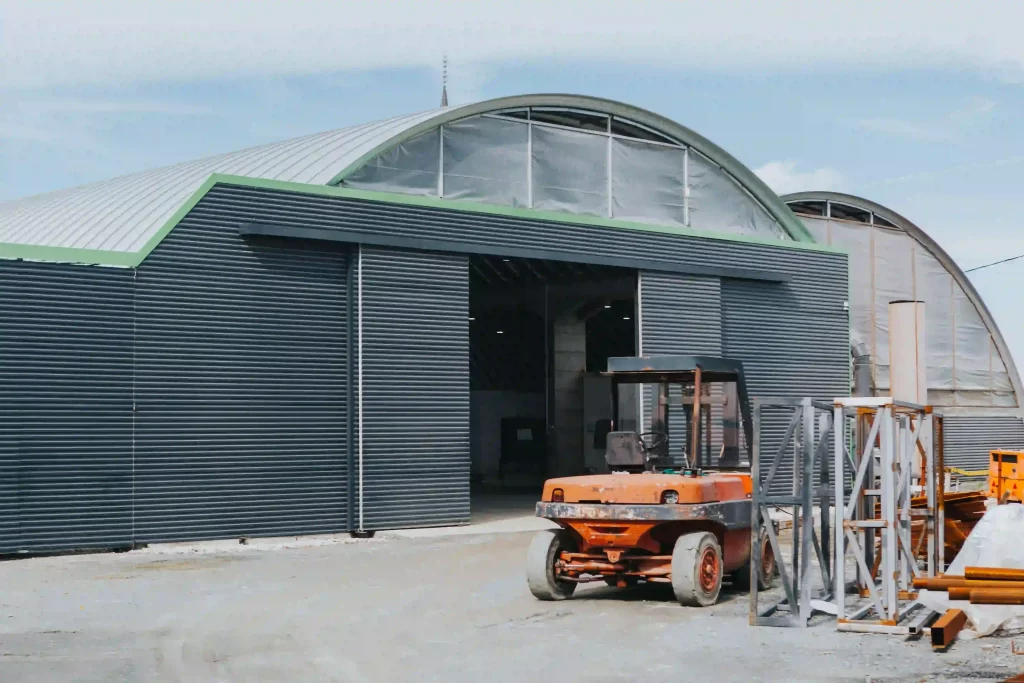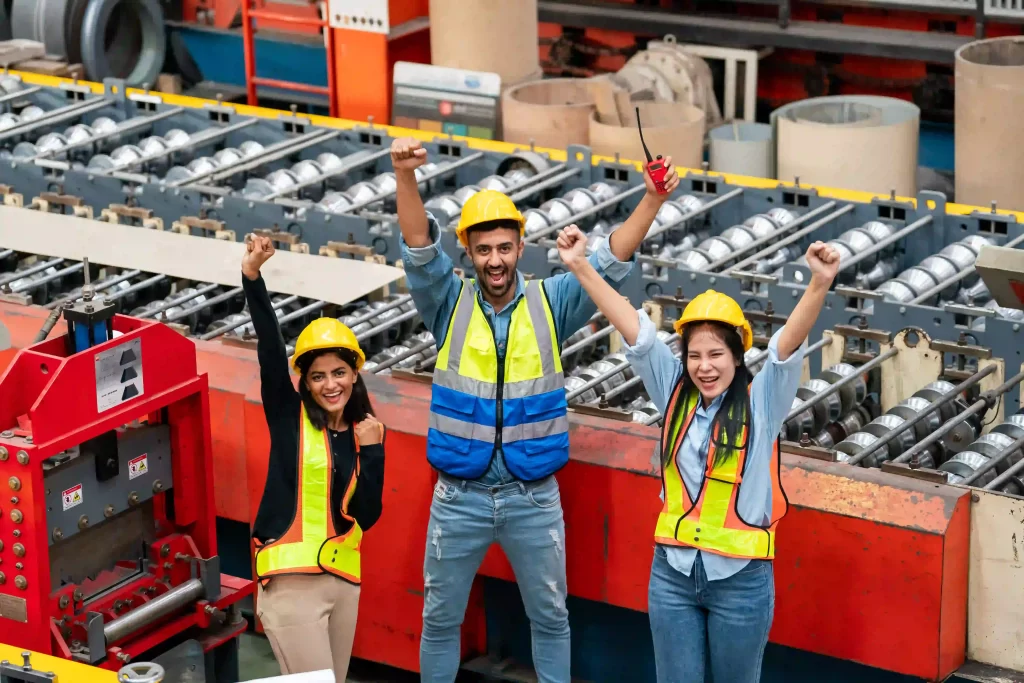In today’s rapidly evolving construction landscape, sustainability has become a paramount consideration for architects, builders, and developers alike. With a growing awareness of environmental issues and the urgent need to reduce our carbon footprint, the demand for eco-friendly building solutions is at an all-time high. One such solution gaining traction in the industry is metal structures. From skyscrapers to residential homes, metal structures offer a myriad of sustainability benefits that are reshaping the way we build.

Understanding the Environmental Impact
Traditional construction methods often rely on materials with a high environmental cost, such as concrete and wood. These materials contribute to deforestation, habitat destruction, and carbon emissions. In contrast, metal structures have a significantly lower environmental impact throughout their lifecycle. Steel, aluminum, and other metals used in construction are highly recyclable, reducing the need for virgin materials and minimizing waste.
Energy Efficiency
Metal structures excel in energy efficiency, offering superior thermal performance compared to traditional building materials. Advanced insulation systems can be integrated into metal buildings, reducing heating and cooling costs while maintaining optimal comfort levels for occupants. Additionally, metal roofs and walls can be designed to reflect solar radiation, reducing the heat island effect in urban areas and mitigating the urban heat island effect.
Recyclability and Circular Economy
One of the most compelling aspects of metal structures is their recyclability. Unlike concrete and wood, which often end up in landfills at the end of their lifespan, metal components can be recycled indefinitely without losing their quality or structural integrity. This promotes a circular economy model where materials are continually reused, reducing the demand for raw materials and minimizing waste. Architects and builders are increasingly embracing this approach, designing buildings with disassembly and recycling in mind to maximize resource efficiency.
Sustainable Design Practices
Integrating sustainable design practices into metal structures involves a holistic approach that considers environmental, social, and economic factors. Architects leverage innovative design strategies such as passive solar design, natural ventilation, and daylight harvesting to minimize energy consumption and enhance occupant comfort. By optimizing building orientation, incorporating renewable energy sources, and utilizing locally sourced materials, metal structures can achieve high levels of sustainability without compromising on aesthetics or functionality.
Case Studies: Sustainable Metal Structures in Action
1. One Central Park, Sydney
One Central Park, located in Sydney, Australia, is a striking example of sustainable architecture featuring extensive greenery and energy-efficient design. The building’s facade incorporates vertical gardens and photovoltaic panels, reducing energy consumption and mitigating the urban heat island effect. Metal structures played a crucial role in achieving the project’s sustainability goals, providing structural support while minimizing environmental impact.
2. The Edge, Amsterdam
The Edge, dubbed the “greenest office building in the world,” showcases the potential of metal structures in creating sustainable built environments. This innovative office building in Amsterdam features a sleek design, energy-efficient systems, and smart technologies that optimize resource use and enhance occupant well-being. Metal framing and cladding contribute to the building’s durability and recyclability, aligning with its commitment to environmental stewardship.
Embracing a Greener Future
As the construction industry continues to evolve, the adoption of sustainable practices and materials like metal structures will play a pivotal role in shaping a greener future. By prioritizing environmental responsibility, architects and builders can create buildings that not only minimize their ecological footprint but also provide long-term value and resilience. Together, we can build a more sustainable world for generations to come.

In Conclusion
Metal structures offer a sustainable solution for modern construction projects, offering numerous environmental benefits such as reduced environmental impact, energy efficiency, and recyclability. By integrating sustainable design practices and embracing innovative technologies, architects and builders can pave the way for a greener future in the built environment.
Take Action for Sustainability
Ready to embrace sustainable construction practices? Explore our range of eco-friendly building solutions at Rebel Metal Structures and learn how you can make a positive impact on the environment. Visit our homepage for more information.
Explore more sustainability topics on our blog page